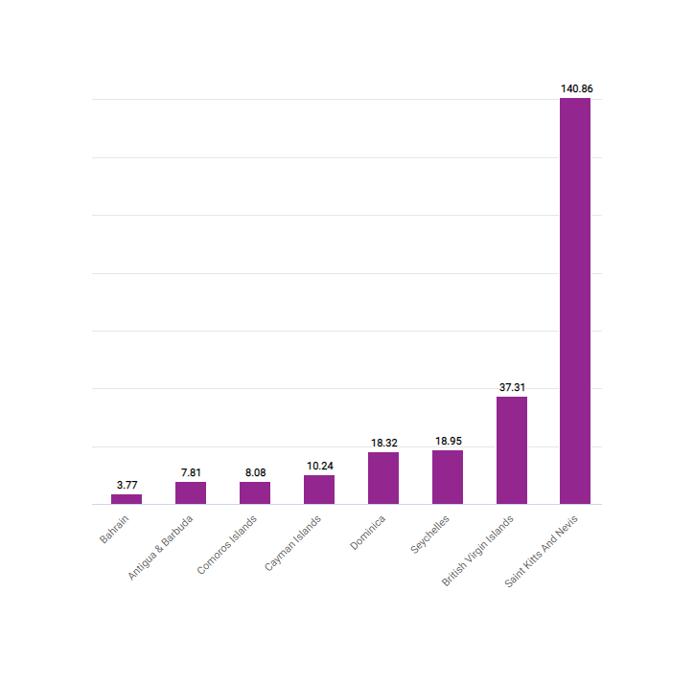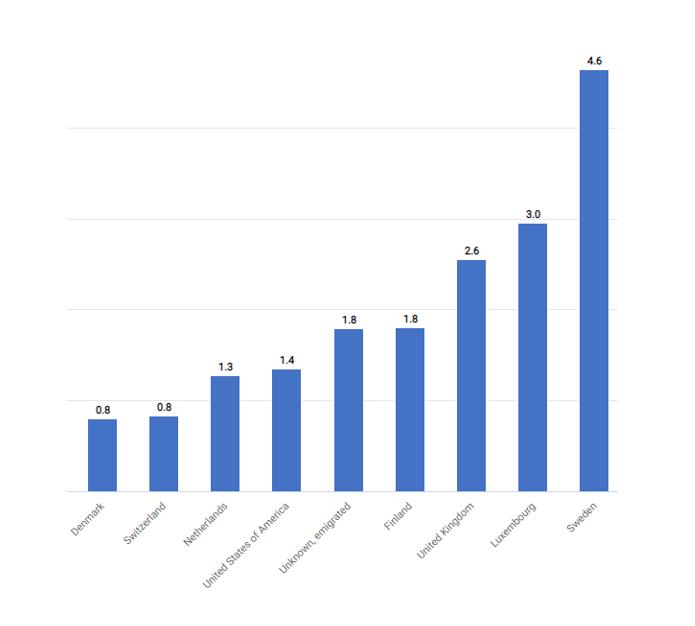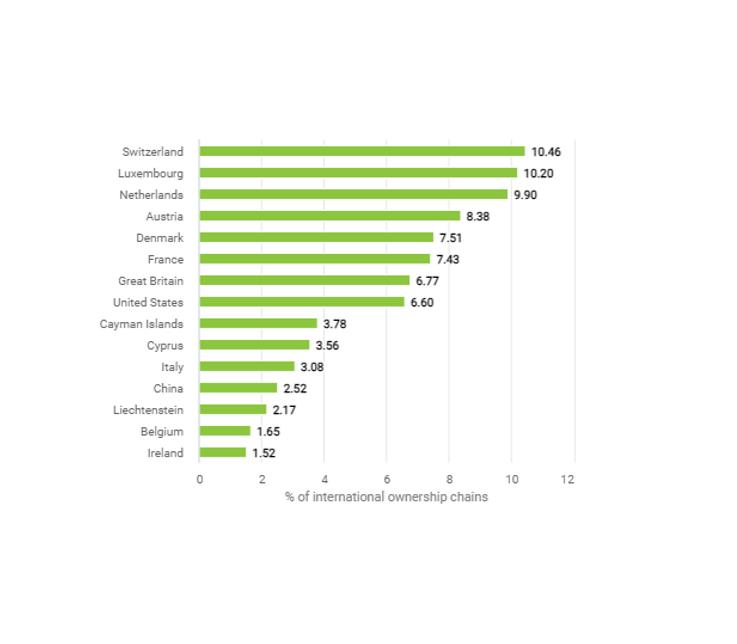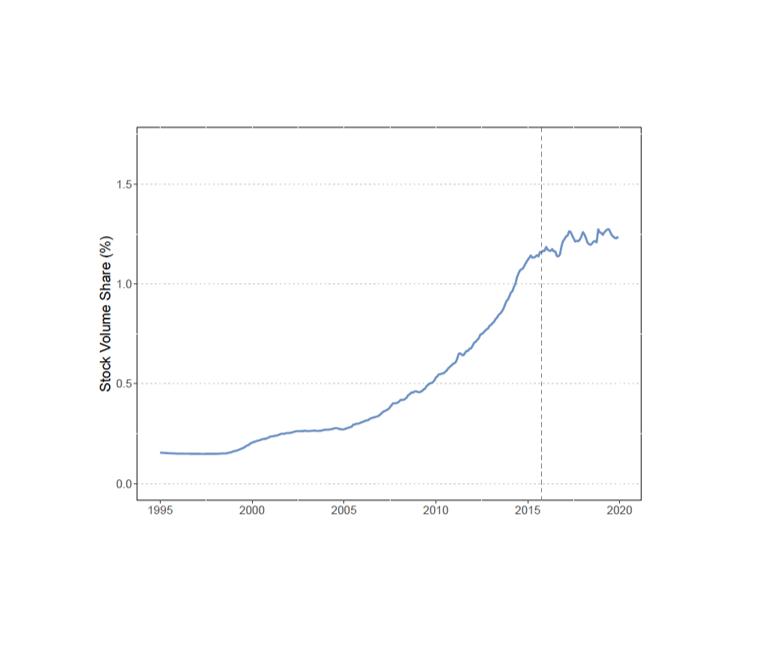Who owns offshore real estate? Evidence from Dubai cross-border real estate investments
Comparing UK tax returns of foreign multinationals to matched domestic firms
Summary
In this study, Bilicka relies on confidential tax returns data from the UK tax authority to compare the profitability of the local subsidiaries of foreign multinational enterprises (MNEs) to that of purely domestic firms. To make the two groups comparable, companies are matched based on their assets and industry. The author investigates differences in the ratio of taxable profits to total assets reported by foreign MNE affiliates and domestic firms as the latter might have less options for tax avoidance.
Findings show that the mean ratio of taxable profits to total assets reported by foreign MNE affiliates amounts to circa 12%, versus 24% for domestic firms. This implies a “profit ratio gap” of 50%. This gap remains statistically robust to the introduction of various control variables and the use of different matching techniques, while it cannot be explained by differences in productivity between domestic and multinational enterprises.
Bilicka then analyses the channels used by foreign MNEs to lower the taxable profits of their UK subsidiaries. First, she finds that 40% of the profit ratio gap can be attributed to differences in leverage (i.e., to the higher amount of debt that foreign MNEs’ affiliates take on compared with domestic firms). Second, she finds that the profit ratio gap is 45% for wholesale trade but as high as 70% for services, which points to the high profit-shifting potential of industries with a high share of intangible assets.
Exploring the development and potential drivers of the profit ratio gap over time, the author shows an increasing trend, while the difference in indebtedness between domestic and multinational firms tends to decrease. She interprets this result as a transition from debt-shifting to transfer-pricing or intangible assets-based profit-shifting, which is consistent with findings in previous research.
Key results
- The mean ratio of taxable profits to total assets reported by foreign MNE affiliates is circa 12% versus 24% for domestic firms. This implies a negative profit ratio gap of 50%.
- MNEs’ subsidiaries are 30 percentage points more likely to report zero taxable profits than their domestic counterparts.
- Foreign MNE subsidiaries take on significantly more debt than comparable domestic firms, which indicates that debt-shifting might explain approximately 40% of the profit ratio gap.
- The highest profit ratio gap is observed for affiliates of MNEs headquartered in tax havens.
Over time, the profit ratio gap between MNEs and domestic enterprises rises, and the importance of transfer-pricing and strategic location of intangible assets, as profit-shifting channels, increases.
Policy implications
- Bilicka proposes back-of-the-envelope calculations to estimate the potential revenue gains from equalizing the tax payments of foreign MNE subsidiaries and domestic standalones. These gains vary from 3 billion GBP at the beginning of the sample to 25 billion GBP in 2014.
- The author points out that the profit ratio gap increased despite the reductions in the corporate tax rate implemented over the period (from a 30% rate in 2007 to 20% in 2015).
- Because of discrepancies between taxable and accounting profits reported by MNEs’ subsidiaries in the UK, Bilicka recommends the use of tax return data when estimating the scale of profit-shifting. The use of accounting data could have led to a substantial underestimation of the phenomenon.
Data
The author relies on confidential tax return data provided by the UK tax authorities (Her Majesty’s Revenue and Customs (HMRC)) for the 2000-2014 period. This dataset is merged with unconsolidated financial account data from the FAME database (Bureau Van Dijk). FAME ownership information also allows to distinguish purely domestic companies and foreign MNE affiliates.
Methodology
The first step of Bilicka’s methodology consists in matching foreign MNE subsidiaries with comparable domestic firms. She estimates a logit model with the ownership status of the company as dependent variable (1 if it is related to a foreign MNE, 0 if it is purely domestic) and draws propensity scores from there. Firms are then matched through a nearest neighbourhood algorithm.
Go to the original article
The original article was published by the American Economic Review and can be downloaded from the website of the Utah State University. [pdf]
This might also interest you
Hidden in plain sight: Offshore ownership of Norwegian real estate
The role of anonymous property owners in the German real estate market: First results of a systematic data analysis
Homes incorporated: Offshore ownership of real estate in the U.K.



